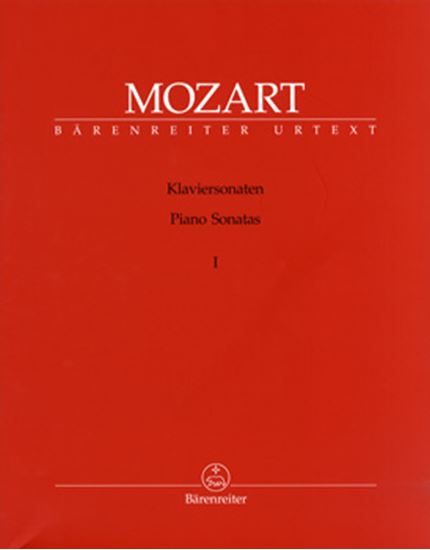Mozart, Wolfgang Amadeus : Sonate für Klavier Nr.8 Mov.3 Rondeau: Allegro
Work Overview
Genre:sonata
Total Playing Time:6 min 00 sec
Copyright:Public Domain
Commentary (2)
Author : Okada, Akihiro
Last Updated: March 5, 2019
[Open]
Author : Okada, Akihiro
Third Movement: D Major, 6/8, Rondo
The final movement of this sonata is also a rondo, sharing the exact same structure as K. 309.
It is a rondo based on a lighthearted theme adorned with appoggiaturas. Its strong resemblance to K. 309 is also evident in its frequent inclusion of improvisatory passages, such as continuous scales and long couplet themes.
Of particular interest, from various perspectives including performance practice, is the fact that an Eingang, typically improvised and not notated, is actually written out just before the third return of the rondo theme.
Author : Ooi, Kazurou
Last Updated: July 21, 2025
[Open]
Author : Ooi, Kazurou
This is an elegant and brilliant third movement. While many staccatos are notated, I interpret this as an instruction to prevent the overall texture from becoming heavy. Applying staccato even in passages where it is not explicitly marked can create a sense of lightness. For instance, you may play the following with staccato; in fact, it is recommended:
- the left-hand eighth notes on the second beat of measures 4 and 5;
- the right-hand third on the off-beat of the first beat of measure 2;
- the eighth notes in measures 16-18;
- the eighth notes written on the off-beat of each beat in measure 27;
- the left-hand eighth notes in measure 29; and
- the left-hand eighth notes in measures 33-37.
One point to consider is how to vary passages where the same notes and rhythms occur two or more times. For example, the right-hand parts in measure 21 and measure 23 are identical; should they be played identically, or should a difference be introduced?
One way to interpret passages where identical rhythms and notes occur two or more times is to consider it as singing the same line twice, which can imply repeated requests or emphasis through reiteration of the same phrase.
As the author, I would likely introduce differences between two identical measures. For instance, playing the ornament (turn) in measure 21 normally and the ornament in measure 23 slightly slower can create a sense of calm.
In that case, the passage from the second beat of measure 4 to the first beat of measure 5, and the passage from the second beat of measure 5 to the first beat of measure 6, also feature identical notes and rhythms. Should differences be applied to these as well? Furthermore, are differences necessary between measures 33-34 and measures 35-36? Additionally, this third movement contains many other instances of identical notes and rhythms. Experiment and consider various approaches.
PTNA & Partner Channel Videos(2items)
Sheet Music
Scores List (10)

(株)全音楽譜出版社

(株)全音楽譜出版社

(株)全音楽譜出版社

(株)音楽之友社

(株)全音楽譜出版社

ヘンレ社(ヤマハ)







